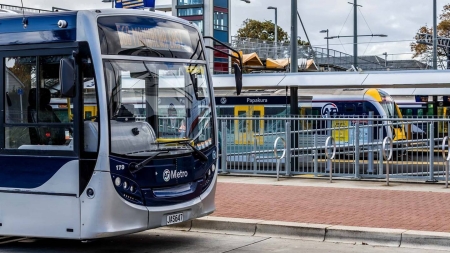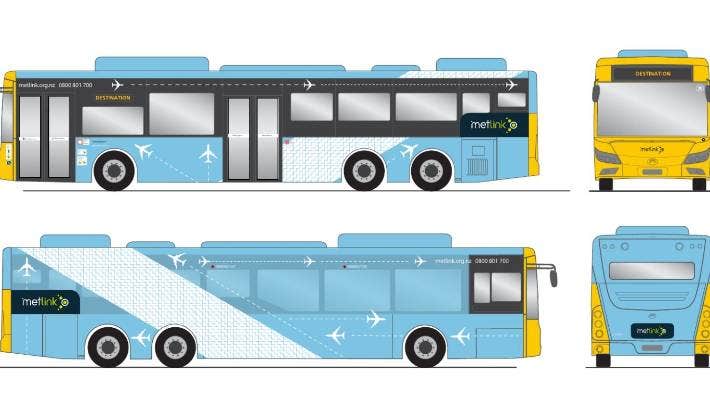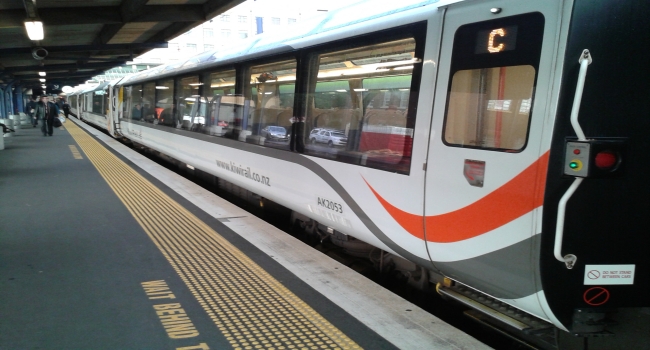1. BACK GROUND
The “current state“ of public transport in New Zealand is uncoordinated, haphazard, not user friendly and lacks regional connectivity.
New Zealand is a country of 5.3 million people spread over 16 local government regions but lacks an overall national plan for public transport, with no requirements for a common approach to procurement for public transport (eg electric trains and electric buses) and economies of scale from such procurement's across regional councils are potentially being missed.
Due to historical localised approach to public transport planning and funding, there isn’t one entity clearly accountable for that at a national level to deliver on goals, like climate change and regional connectivity and development.
2. OBJECTIVES OF A NATIONAL UNIFIED PUBLIC TRANSPORT NETWORK
a. Reduced Congestion: Public transport can help reduce congestion by encouraging people to use shared transportation instead of individual vehicles.
b. Environmental Benefits: Public transport creates far less pollution and climate-changing emissions per person traveled compared to private vehicles.
c. Affordability: Public transport is generally more affordable than private transport, making it a more equitable form of transportation.
d. Economic Growth: A well-planned public transport network can drive urban, regional and inter-regional economic growth and jobs through sustainable environmentally friendly 'public transport orientated' urban planning by spreading population growth across the regions and encourage sustainable environmentally friendly tourism across the country.
e. Social Benefits: Subsidised public transport can provide wider social benefits to all low-income households and reduce overall employment costs for employees and employers.
f. Mobility Issues: New Zealand has an increasing ageing population in urban centres and in the regions, where elderly will encounter driving difficulties or may have other mobility challenges, including those in our communities who have existing mobility and/or disability issues, where public transport is their only means of travel in visiting friends and family.
g. Increase connectivity: Effective public transport services, creates equities between regions allowing greater, affordable connectivity between main urban metro areas with provincial urban centres, semi rural and rural communities.
3. STRATEGIC APPROACH TO AN UNIFIED PUBLIC TRANSPORT NETWORK
a. If there is a strategic approach to this issue, the following could be a framework consistent, that follows the internationally accepted principle that “structure follows strategy and form follows function":
i. What is the current state of public transport in New Zealand
ii. What is the "vision/strategy" for public transport in New Zealand by 2035
Public Transport in New Zealand can be a seamless experience from the user’s perspective. It achieves economies of scale benefits through standardised procurement. The greatly improved customer service and fares for inter-regional public transport has accelerated mode share shift for inter-regional travel from private vehicles and air travel to public transport to 50% by 2030, contributing to achievement of New Zealand’s climate change goals and far exceeding the targets in the Government’s Emissions Reduction Plan 2022.
b. What are the functions that are needed for Public Transport in New Zealand
The functions required include a National Public Transport Plan with a coherent vision/strategy for public transport in New Zealand by 2035. The functions at central government level also include being responsible as the champion within central government for national-level planning and funding of public transport.
The functions at local government level include developing Regional Public Transport Plans in consultation with the public (within the policy framework of the National Public Transport Plan) and delivering those plans at local and regional levels.
c. What is the form/structure that will best deliver the vision/strategy for public transport in New Zealand
The proposal for the function/form/structure of an unified National Public Transport Network is:
A dedicated 'Business Group' entity is established within New Zealand Transport Agency/Waka Kotahi, which is responsible as the champion within central government for national-level planning and funding of public transport. This includes the role recommended by the Select Committee on Inter-Regional Passenger Rail in June 2023, for an existing organisation within central government, such as New Zealand Transport Agency/Waka Kotahi, to be the champion within central government for Inter-Regional Regional Passenger Rail.
This entity within New Zealand Transport Agency/Waka Kotahi ensures clarity around lines of accountability and responsibility through standardised procurement and operational guidelines, employment contracts, etc and alignment with government strategies at the central government level. It developed a National Public Transport Plan, in association with the entity's Regional Councils partners.
This was 'kicked off’ by an early project to review Regional Public Transport Plans to find areas of commonality, as a way to develop an embryonic National Public Transport Plan.
Regional Councils continue to be accountable to central government for their funding and accountable to regional ratepayers and communities for regional planning and delivery of public transport services.
A model of national integrated public transport planning at central government level, and regional planning, delivery and democratic accountability by Local Government has been proven in places like Victoria, Australia; Switzerland and many other places in Europe.
The roll-out of the National Ticketing Solution 'Motu Move' by 2026, together with the proposed National Public Transport Network, will be a 'game changer’ in opening up bigger markets for public transport travellers, supporting the regions to increase patronage through people travelling to work, leisure, visiting friends and family, regional and inter-regional tourism using bus, rail, and ferry options on an integrated unified public transport system. Another enabler of the system will be a national information and timetable website and associated smart phone travel app.
The benefits of ’tap and travel’ around New Zealand will increase patronage of this mode of travel and lead to the mode shift that is required to deliver on the Government’s climate change goals and regional economic development goals.
For further reading concerning public transport in New Zealand:
- Rise and Decline of Public Transport in New Zealand
- Motu Move - New public transport payment system
For further information concerning the points raised in the New Zealand Unified Public Transport Initiative:
- Time for a national regional passenger rail network
- Its time for a national public transport network
- Long distance passenger rail services in New Zealand
- New Zealand's shrinking passenger railway network
- Can semi rural towns and small rural communities have public transport?
- It is time to reform rail in Aotearoa New Zealand
- Future of New Zealand's land transport and communities
If you support a national public transport network concept, have your say or become proactive by getting involved in local better public transport campaign groups.
The New Zealand Unified Public Transport Initiative is one of the initiatives of the Public Transport Forum New Zealand.


